Protein is essential for building muscle, repairing tissues, and maintaining overall health.
Whether you’re an athlete, a gym enthusiast, or someone looking to shed excess fat, incorporating high-protein foods into your diet can make a significant difference.
Here, we’ll explore the top 20 high-protein foods that can support your fitness goals by promoting muscle growth and aiding fat loss.
Why Is Protein Important?
Protein plays a crucial role in the body. It’s made up of amino acids, the building blocks that repair and grow muscle tissues.
Additionally, protein helps with:
- Boosting Metabolism: A high-protein diet can increase the thermic effect of food, meaning your body burns more calories digesting it.
- Satiety and Appetite Control: Protein keeps you feeling fuller for longer, helping to reduce overeating.
- Muscle Maintenance: When you’re in a calorie deficit for fat loss, adequate protein prevents muscle loss.
Now that we understand why protein is vital, let’s dive into the best sources.
Animal-Based High-Protein Foods
Animal-based proteins are complete proteins, meaning they contain all nine essential amino acids. Here are the top choices:
1. Chicken Breast
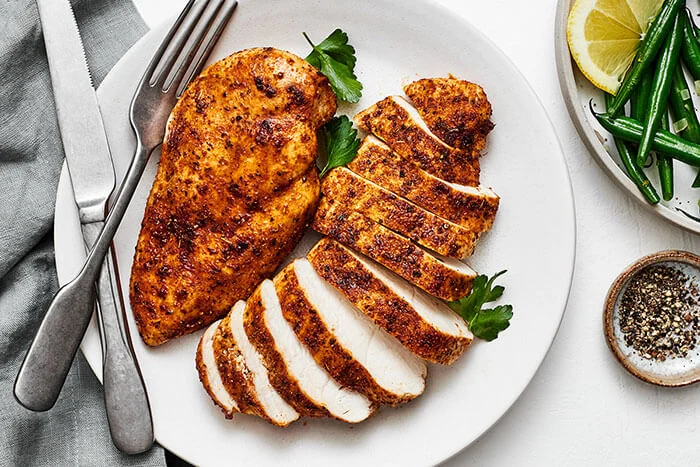
Chicken breast is a lean, versatile protein source. With around 31 grams of protein per 100 grams, it’s a favorite among fitness enthusiasts.
- How to Prepare: Grill, bake, or stir-fry it with your favorite spices for a healthy meal.
- Why It’s Great: Low in fat and easy to cook, it’s perfect for meal prep.
2. Eggs
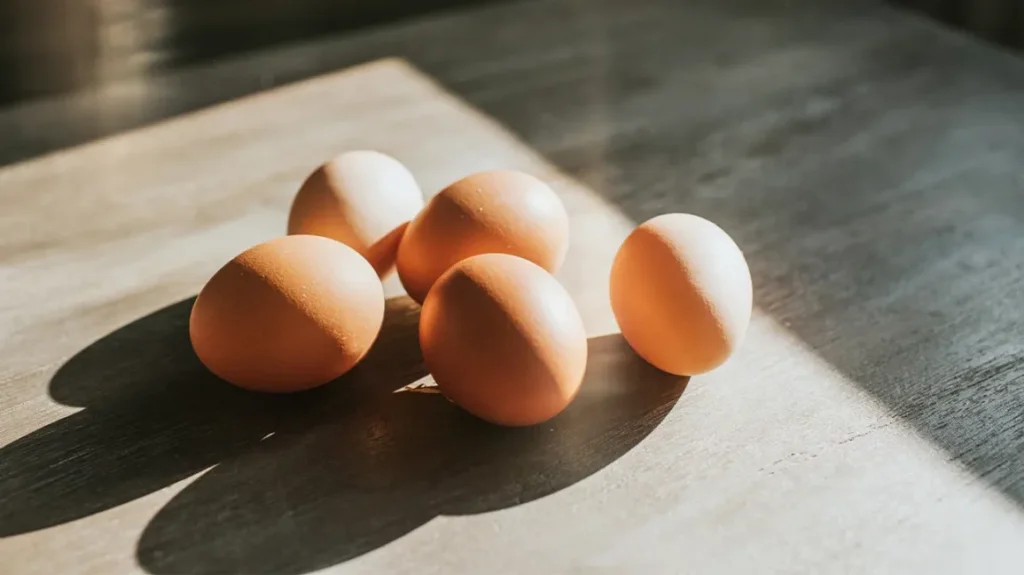
Eggs are a powerhouse of nutrition, offering about 6 grams of protein per egg.
- How to Prepare: Scrambled, boiled, or poached, eggs are highly versatile.
- Why It’s Great: They’re rich in essential nutrients like choline and healthy fats.
3. Salmon
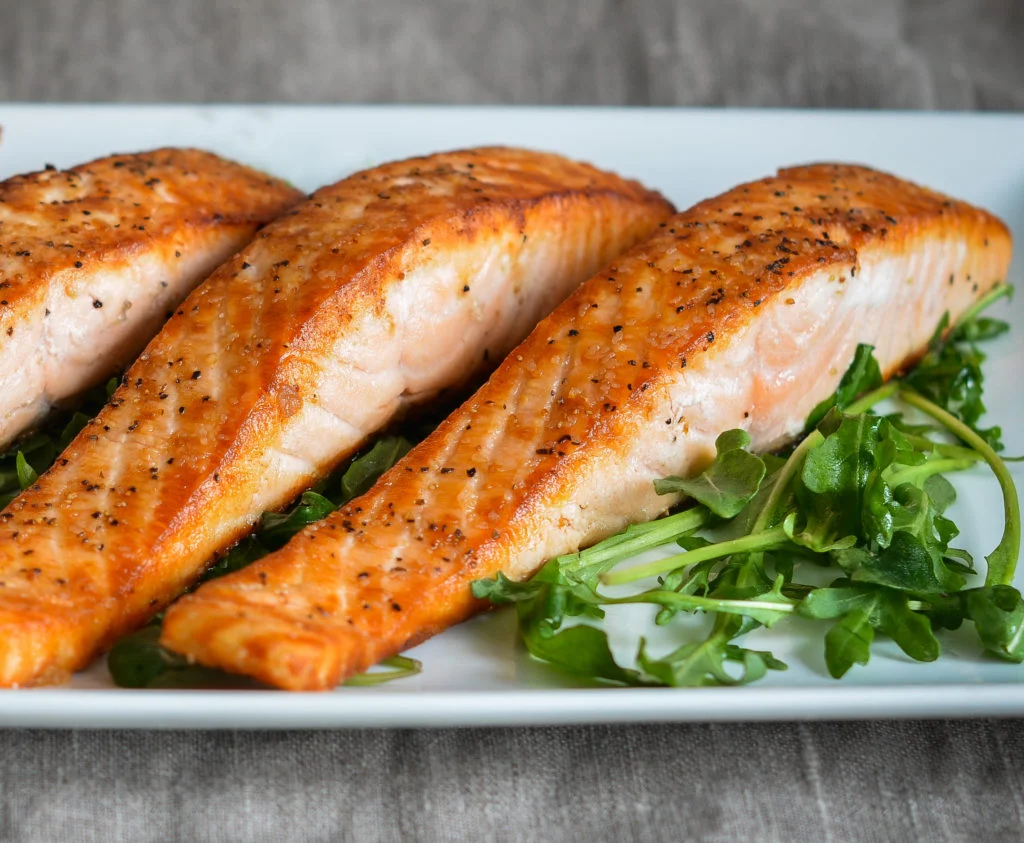
Salmon provides around 25 grams of protein per 100 grams and is loaded with omega-3 fatty acids.
- How to Prepare: Bake or grill salmon for a quick, protein-rich meal.
- Why It’s Great: Omega-3s support heart health and reduce inflammation.
4. Lean Beef
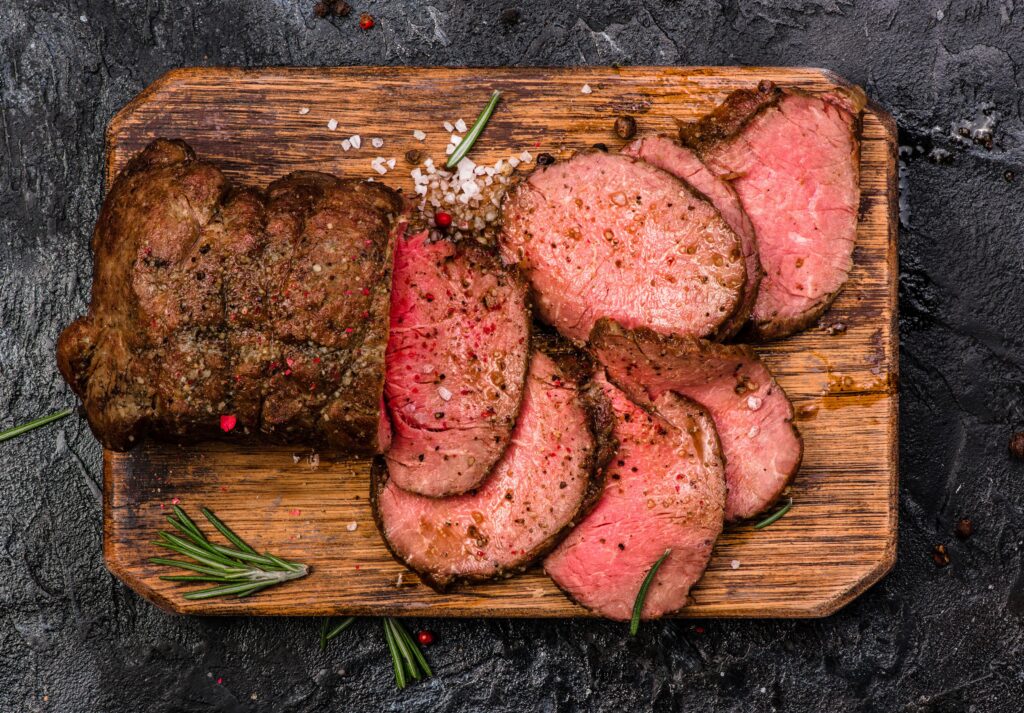
Lean cuts of beef, such as sirloin or tenderloin, offer approximately 26 grams of protein per 100 grams.
- How to Prepare: Grill or sear it for a delicious, protein-packed dish.
- Why It’s Great: Beef is also a good source of iron and zinc, essential for muscle recovery.
5. Greek Yogurt
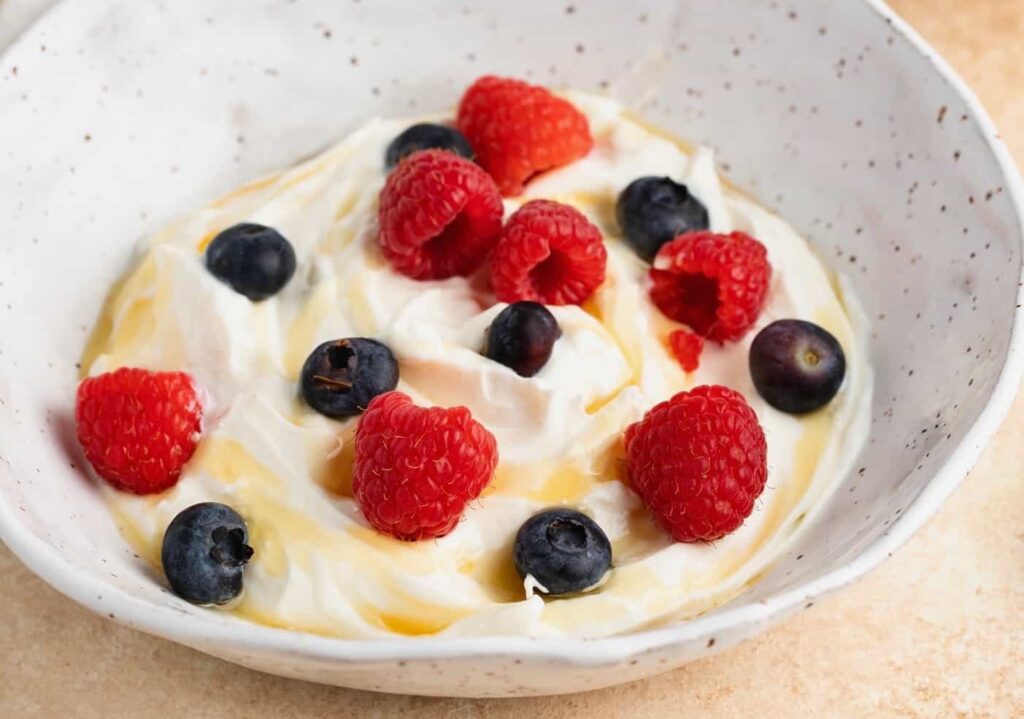
Greek yogurt contains about 10 grams of protein per 100 grams, making it an excellent snack or breakfast option.
- How to Prepare: Pair it with fruits and nuts for added nutrients.
- Why It’s Great: It’s rich in probiotics, which promote gut health.
6. Tuna
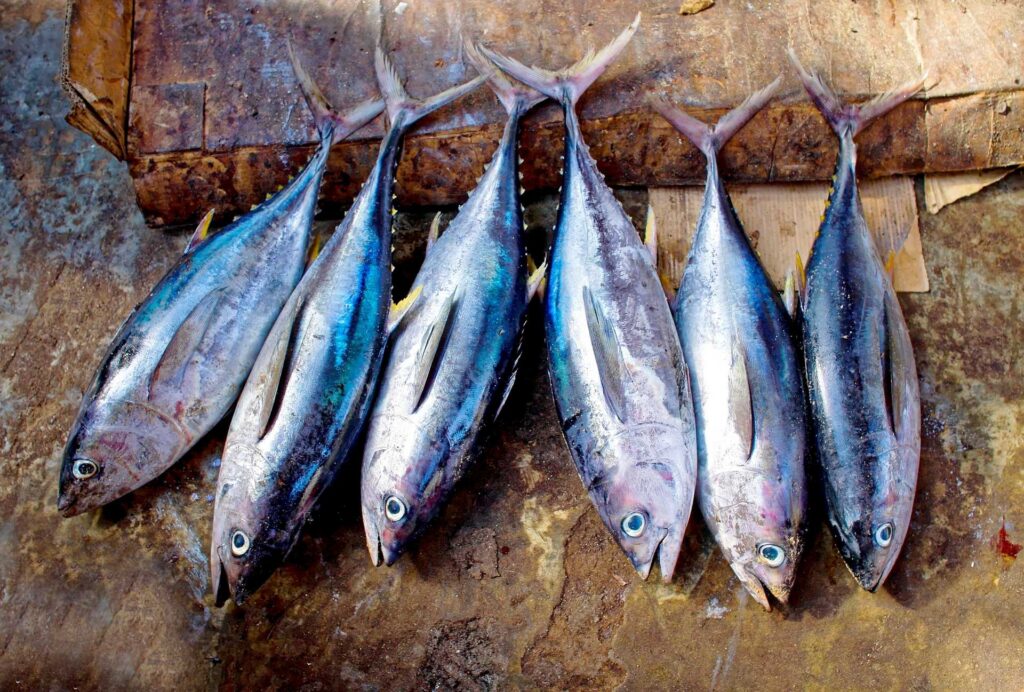
Canned tuna offers around 25 grams of protein per 100 grams.
- How to Prepare: Add it to salads, sandwiches, or pasta.
- Why It’s Great: It’s affordable, convenient, and high in protein.
7. Turkey

Turkey breast delivers about 29 grams of protein per 100 grams and is low in fat.
- How to Prepare: Roast or grill turkey for a lean protein option.
- Why It’s Great: It’s a great alternative to chicken for variety.
Plant-Based High-Protein Foods
Plant-based proteins are excellent options for vegetarians, vegans, and anyone looking to diversify their diet. While they might not always be complete proteins, combining them can ensure you get all essential amino acids.
8. Lentils
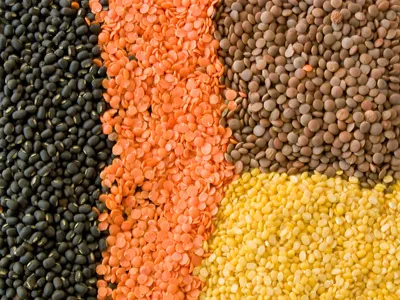
Lentils offer 9 grams of protein per 100 grams and are rich in fiber.
- How to Prepare: Use them in soups, salads, or curries.
- Why It’s Great: They’re budget-friendly and packed with nutrients.
9. Chickpeas

Chickpeas contain about 19 grams of protein per 100 grams when cooked.
- How to Prepare: Roast them for a crunchy snack or blend into hummus.
- Why It’s Great: They’re high in fiber, keeping you full longer.
10. Tofu
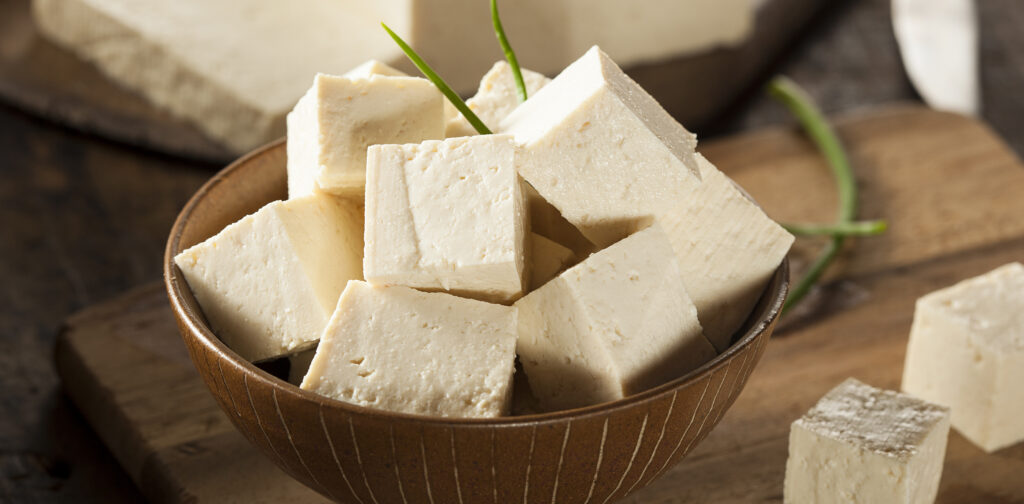
Tofu provides around 8 grams of protein per 100 grams and is highly versatile.
- How to Prepare: Stir-fry, bake, or grill tofu for a tasty dish.
- Why It’s Great: It’s low in calories and absorbs flavors well.
11. Quinoa
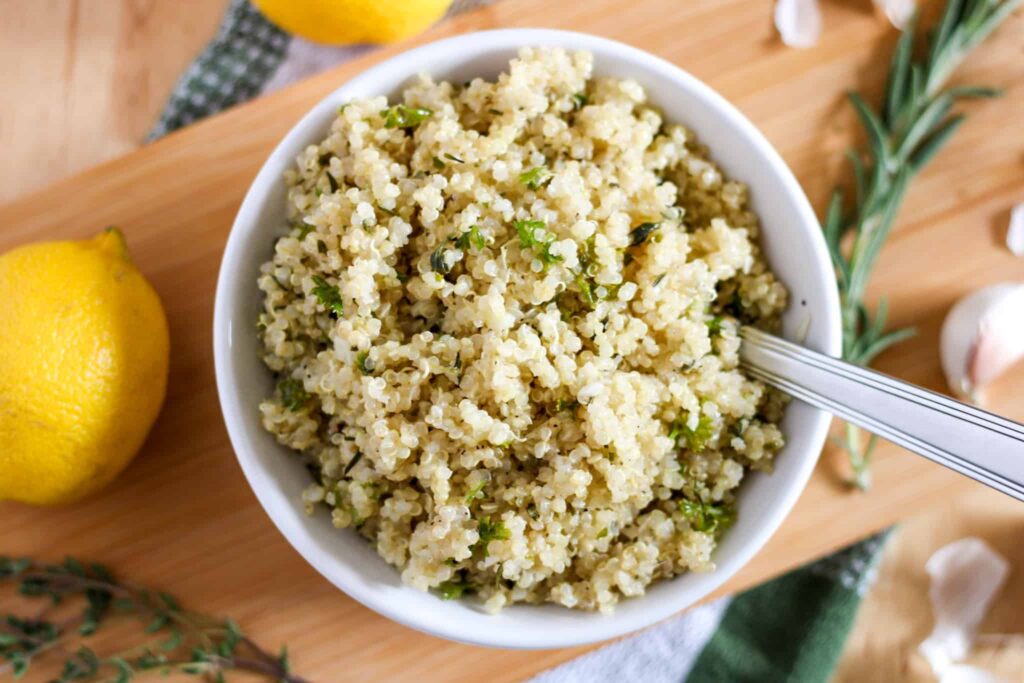
Quinoa is a complete protein with about 8 grams per cup when cooked.
- How to Prepare: Use it as a base for salads or bowls.
- Why It’s Great: It’s gluten-free and nutrient-dense.
12. Edamame
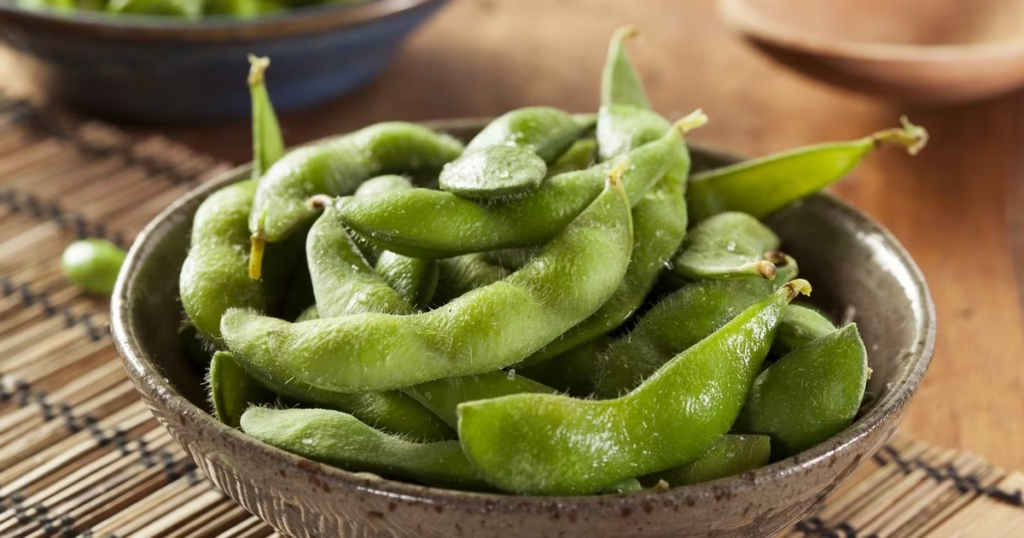
Edamame contains about 11 grams of protein per 100 grams.
- How to Prepare: Steam them and sprinkle with sea salt for a quick snack.
- Why It’s Great: They’re high in fiber and antioxidants.
13. Tempeh

Tempeh provides 19 grams of protein per 100 grams and has a firm texture.
- How to Prepare: Stir-fry or grill it for a meat-like consistency.
- Why It’s Great: It’s fermented, which aids digestion.
Dairy and Other High-Protein Options
14. Cottage Cheese

Cottage cheese offers about 11 grams of protein per 100 grams.
- How to Prepare: Eat it plain or mix it with fruits and nuts.
- Why It’s Great: It’s low in fat and high in calcium.
15. Milk
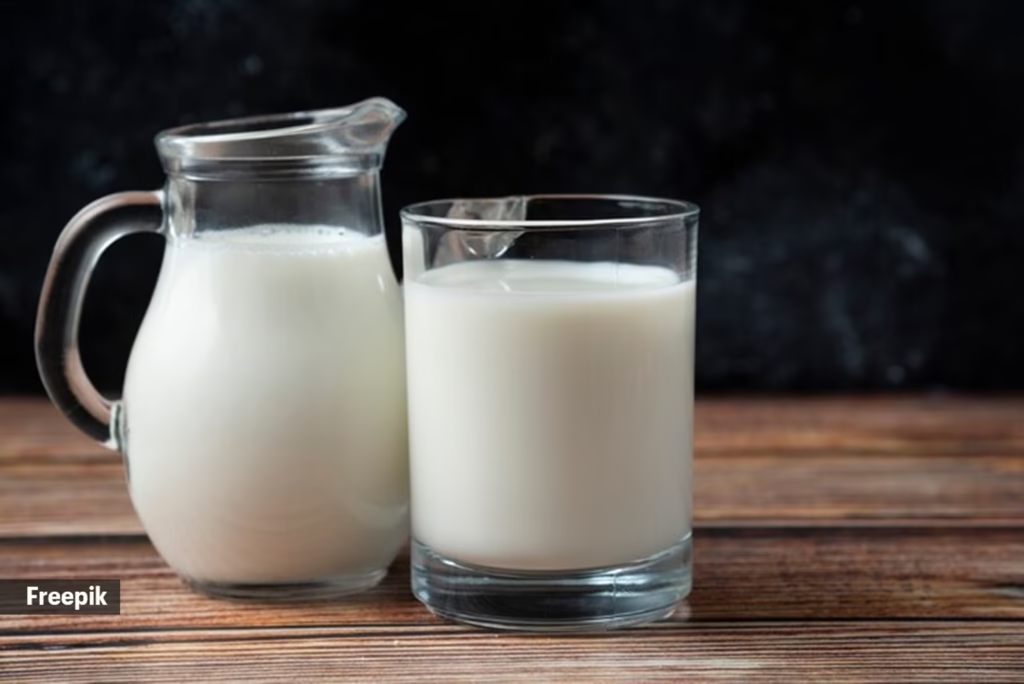
Milk contains about 8 grams of protein per cup.
- How to Prepare: Add it to smoothies, cereals, or drink it plain.
- Why It’s Great: It’s a simple, affordable protein source.
16. Almonds
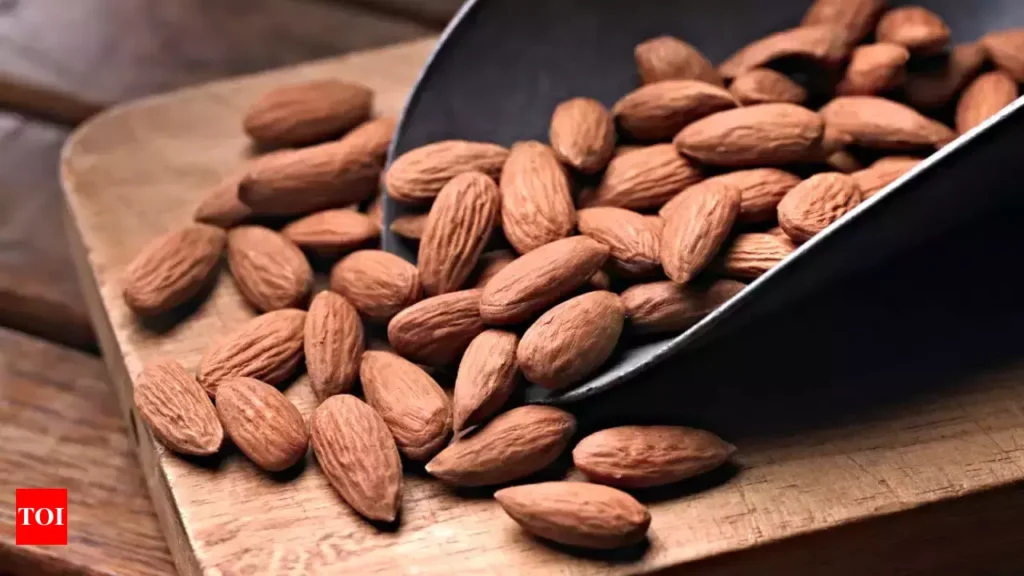
Almonds contain 6 grams of protein per 28-gram serving.
- How to Prepare: Enjoy them as a snack or blend into almond butter.
- Why It’s Great: They’re high in healthy fats and vitamin E.
17. Protein Powders
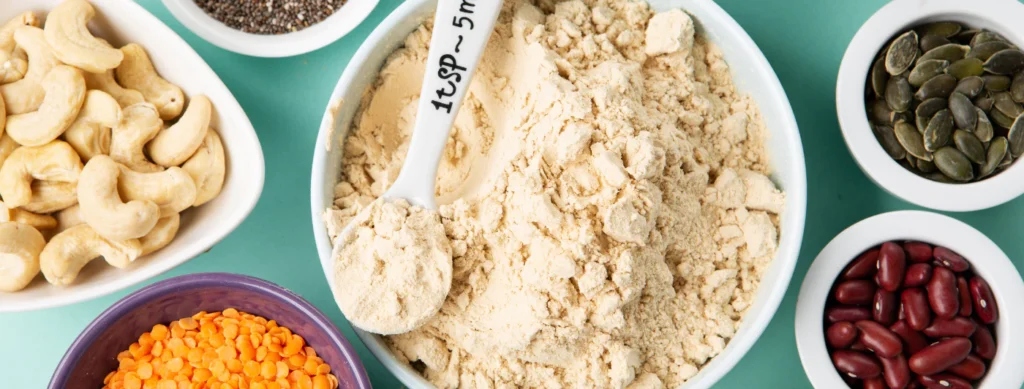
Protein powders vary but generally provide 20-30 grams of protein per serving.
- How to Prepare: Mix with water or milk for a quick protein boost.
- Why It’s Great: Convenient and customizable to your needs.
18. Pumpkin Seeds
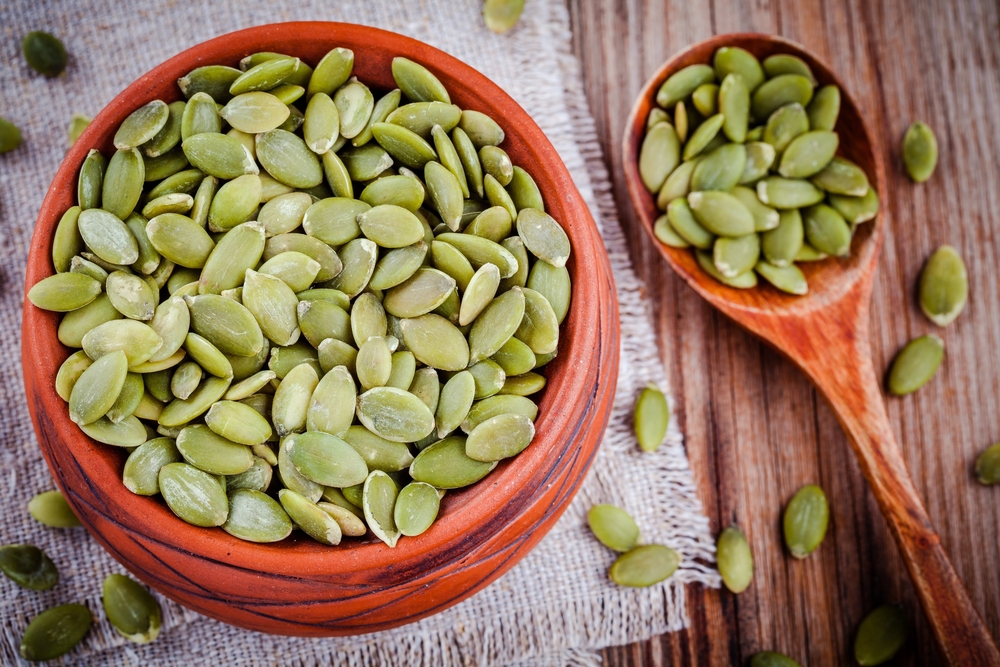
Pumpkin seeds contain about 7 grams of protein per 28-gram serving.
- How to Prepare: Sprinkle them on salads or eat as a snack.
- Why It’s Great: They’re rich in magnesium and zinc.
19. Shrimp
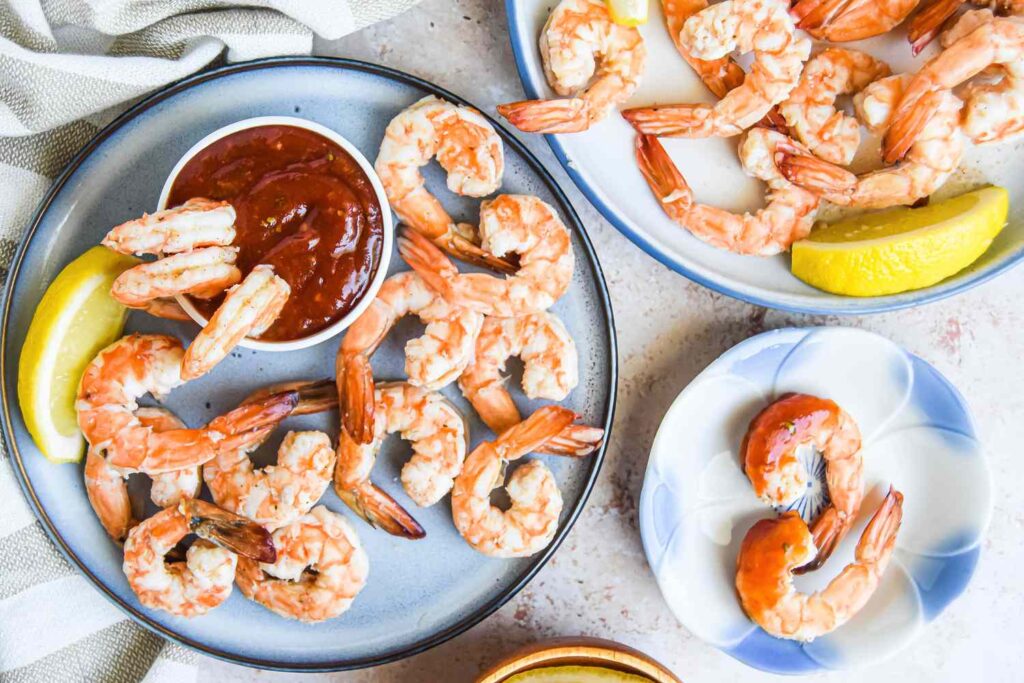
Shrimp provides 24 grams of protein per 100 grams and is low in calories.
- How to Prepare: Sauté or grill shrimp for a quick meal.
- Why It’s Great: It’s nutrient-dense and easy to cook.
20. Peanuts
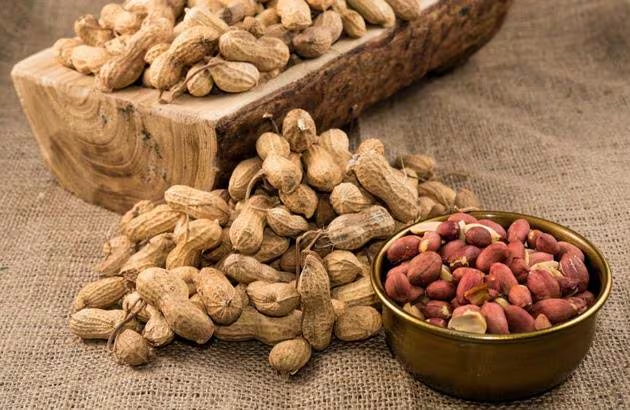
Peanuts offer 7 grams of protein per 28-gram serving.
- How to Prepare: Enjoy them as a snack or in peanut butter form.
- Why It’s Great: They’re affordable and packed with energy.
Making the Most of High-Protein Foods
Combining Protein Sources
To ensure you’re getting a complete amino acid profile, combine animal-based and plant-based proteins.
For vegetarians, pairing foods like lentils with quinoa or hummus with whole-grain bread can be effective.
Timing Your Protein Intake
Spread your protein consumption throughout the day for optimal absorption. Aim for a protein-rich meal every 3-4 hours.
Cooking Tips
- Use herbs and spices to enhance flavors without adding excess calories.
- Opt for grilling, baking, or steaming to keep meals healthy.
FAQs: High-Protein Foods for Muscle Growth and Fat Loss
1. How much protein do I need daily?
The recommended daily intake is 0.8 grams per kilogram of body weight. However, for muscle growth and fat loss, aim for 1.2-2.2 grams per kilogram.
2. Can I eat too much protein?
Excessive protein can strain the kidneys in individuals with pre-existing conditions. Stick to recommended levels.
3. Are plant-based proteins as effective as animal-based ones?
Yes, but you may need to combine different plant-based sources to get all essential amino acids.
4. What’s the best time to eat protein for muscle growth?
Consume protein within 30 minutes to 2 hours post-workout for optimal recovery.
5. Is whey protein safe?
Yes, whey protein is safe for most people and an excellent way to boost your protein intake.
By including these high-protein foods in your diet, you can fuel your body, achieve your fitness goals, and maintain overall health.
